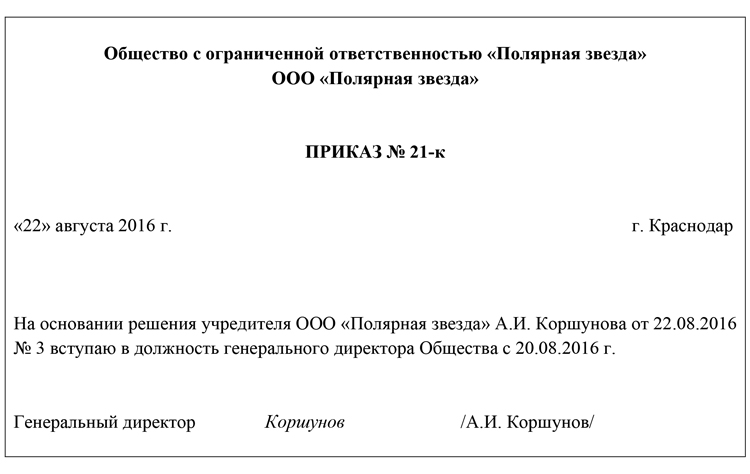

'Coagulogram - what is it?' - Surprised ask patients who are sent to take such an analysis.
Blood glucose on an empty stomach. 3,3-5,5 mmol/l (in Sp — is 20% lower). TTG assessment. Koagulogramma: Blood clotting time (on Byurkera).
Indeed, the townsfolk encounter such a study infrequently, usually in the course of preparing for a planned operation. I know this term and all pregnant women. Analysis of the coagulogram in the process of bearing a child is done every trimester. Under an incomprehensible word is hidden researchblood coagulability. The set of indicators studied can vary depending on the specific laboratory. The analysis is indicative and detailed. In the first case, only that in which the link of the process of coagulation has been violated is determined.
 'kruto svarennyj syuzhet detektiva, milyj geroj, ocharovatelxnoe, uteshitelxnoe vremya dejstviya, otlichnaya stilizaciya teksta i prekrasnoe znanie realij'.
'kruto svarennyj syuzhet detektiva, milyj geroj, ocharovatelxnoe, uteshitelxnoe vremya dejstviya, otlichnaya stilizaciya teksta i prekrasnoe znanie realij'.
A coagulogram is a detailed research, which, in addition to qualitative studies, also studies quantitative defects. With its help, it is possible to detect platelet abnormalities, various thrombophlebia, deficiency of certain clotting factors, etc. A set of methods used to obtainresult, depends on the clinical picture, type of pathology, analysis objectives. It should be noted that deciphering the blood coagulogram is a great difficulty not only for the layman, but sometimes for the doctor.

Usually, in order to make an accurate diagnosis, several correctly selected tests are required. The process of blood coagulation Let us consider in more detail how thecoagulating system. At the first stage, with chemical or mechanical damage to the walls of the vessels, thromboplastin is released - a special substance that triggers the clotting reactions. Then, activation of coagulation factors - special proteins - takes place, which are always present in the blood and provide the formation of a thrombus at the site of damage to the vessel wall. Further, thrombin (a natural componentcoagulating system, formed from prothrombin) activates the inactive fibrinogen protein, turns it into an active fibrin, which forms the basis of the clot. Elements of blood, including platelets, are 'entangled' in fibrin networks.
As a result, the blood clots contract and compress the clot, forming a mature thrombus, which closes the damage to the vascular wall. In contrast to the blood coagulation system, an anti-coagulation system also functions in the body. Together they allow to maintain blood in a normal state. Coagulation study in pregnant women As already noted, each trimester, and inin some cases and more often, a coagulogram is given to pregnant women. What this is and why it is needed, future mothers know firsthand.
The fact is that during the carrying out of the baby the activity of the coagulating system as a whole increases. This is a natural process associated with the appearance of a uterine-placental circle of circulation of blood.
The organism of the future mother thus prepares for possible blood loss during childbirth. To identify the characteristics of the violationblood coagulability and some complications of pregnancy a coagulogram is produced. The doctor can ask for an analysis at an unplanned time if there are deviations from the norm of parameters of hemostasis (components of blood and blood vessels, the interaction of which allows maintaining the integrity of the vascular walls and stopping bleeding in case of damage). Blood for examination is taken in the morning on an empty stomach from a vein.
Decoding of blood coagulogram The study of the results of the analysis shouldonly a specialist. Without special knowledge, a person can not decipher the coagulogram indices and assess the degree of their deviation from the normative values. Let's try to understand the intricacies of the process and tell you about the main parameters of the study. Fibrinogen It is a protein synthesized in the liver,turning under the influence of a certain factor of blood into fibrin. This indicator necessarily includes a coagulogram of blood.
The norm of fibrinogen is 2-4 g / l. If it is enlarged, then coagulability is increased, and there is a risk of blood clots.
Usually such a situation occurs before childbirth, with pneumonia, after surgery, with infections and inflammations of an acute nature (tuberculosis, influenza), myocardial infarction and stroke (on the first day), with burns, hypothyroidism, oral contraceptives and estrogens. The decrease in fibrinogen may be due to toxicosis, hepatic cirrhosis or hepatitis in severe form, lack of vitamin B12 or C, androgen, anabolic, fish oil, anticoagulants. Activated partial thromboplastin time (APTT) Coagulogram examines the time for which aftera connection with the plasma of calcium chloride and other substances formed by a blood clot.
If at least one coagulation factor is below the norm by 30-40 percent, the APTT level will change. The average rate is 30-40 seconds. Time can increase with a lack of vitamin K, liver disease. The cause of an increase in the duration of APTT and, as a consequence, a decrease in clotting may be haemophilia.
- Author: admin
- Category: Category